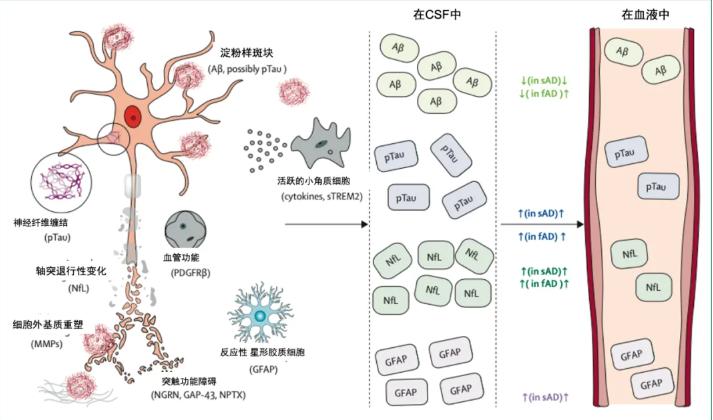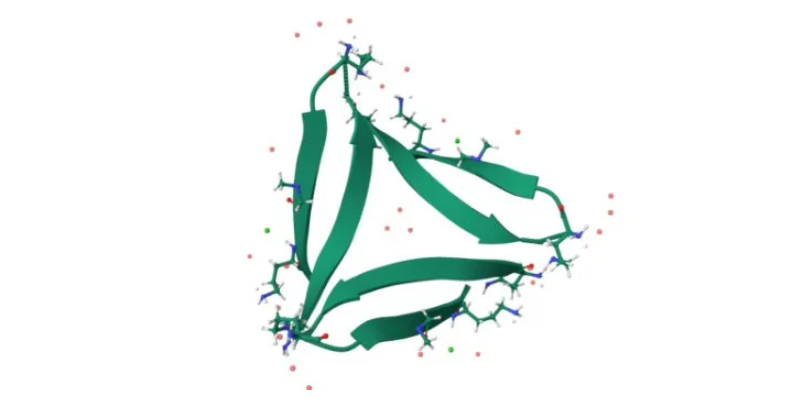

Key Biomarker for Alzheimer's Disease (AD): Amyloid Beta (Aβ)
Understanding Amyloid Beta (Aβ) in Alzheimer's Disease (AD): Key Insights for Early Detection
What is Aβ?
Amyloid beta (Aβ) is a peptide fragment produced when the amyloid precursor protein (APP) is broken down by enzymes called β-secretase and γ-secretase. These 39-43 amino acid-long peptides circulate in blood, cerebrospinal fluid (CSF), and brain tissues. In Alzheimer’s disease, Aβ clumps together to form toxic plaques in the brain—a hallmark of the disease. These plaques start when individual Aβ molecules cluster into soluble oligomers, eventually forming insoluble fibrils that disrupt brain function.

Types of Aβ: Why Aβ42 Matters Most
• Aβ40 (40 amino acids) is the most common form but is less harmful.
•Aβ42 (42 amino acids), with two extra amino acids, is stickier and more likely to misfold, forming toxic aggregates.
• Aβ42 acts as the "seed" for plaque formation and causes stronger nerve cell damage.
• In healthy brains, Aβ40 levels in CSF are 10x higher than Aβ42. In AD, Aβ42 levels drop as it accumulates into plaques years before symptoms appear.
How Aβ Forms
APP, a protein found in many tissues, is normally harmless. Its breakdown involves two pathways:
1.Aβ Pathway (Harmful):
• β-secretase cuts APP, releasing a fragment (sAPPβ).
• γ-secretase then cuts the remaining piece (C99), producing Aβ peptides like Aβ40 or Aβ42.
2.Non-Aβ Pathway (Safe):
• α-secretase (e.g., ADAM10 in brain cells) cuts APP inside the Aβ region, preventing plaque formation.
Aβ’s Role in Alzheimer’s Disease
• Toxic Plaques: Excess Aβ42 clumps into plaques, disrupting neuron communication.
• Neuron Death: Plaque buildup triggers inflammation and kills brain cells, leading to memory loss
• Early Warning: Aβ42 levels in CSF drop 14 years before AD symptoms, making it a critical early biomarker.
Why Test for Aβ?
• CSF Tests measure Aβ42 and Aβ40 ratios. A low Aβ42/Aβ40 ratio signals early AD pathology.
• Early Detection: Identifying Aβ imbalances early allows for timely intervention to slow disease progression.

The Future of AD Care
Understanding Aβ helps scientists develop:
• Drugs targeting Aβ production or clearance.
• Blood tests for easier, earlier diagnosis.
By focusing on Aβ, we’re unlocking new ways to fight Alzheimer’s—before it steals memories.
(For more on Aβ testing and AD research breakthroughs, contact us today.)
Key Terms Simplified
• Plaques: Clumps of Aβ that harm brain cells.
• CSF: Cerebrospinal fluid, a clear liquid around the brain and spine.
• Biomarker: A measurable sign of disease (e.g., Aβ levels).


